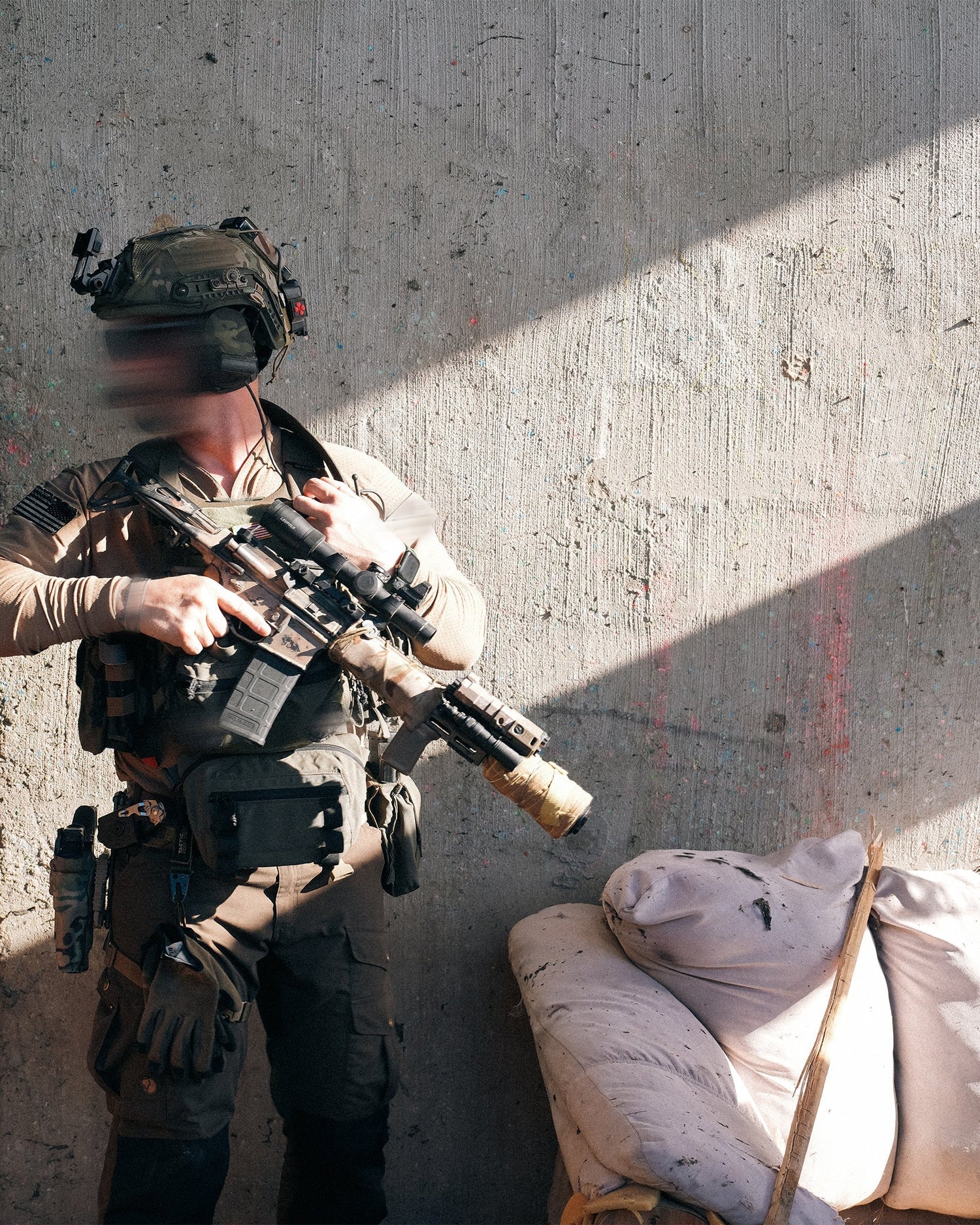The Future of Military Camouflage: Towards Total Invisibility?
Humans have always tried to disappear. In the forest, in the desert, at sea. Ancient warriors painted their bodies. Modern soldiers wear patterned fatigues. But now, we enter another era. With nanotechnology, metamaterials, and quantum physics, camouflage is no longer just about shapes and colors. It becomes a science of light, heat, and radar.
The goal? To make a uniform, a tank, or even a jet undetectable. Invisibility, once science fiction, is edging closer to reality.
1. Active Camouflage: the uniform that transforms | Military Camouflage
A soldier stands in his gear. Around him, the scene shifts. Trees give way to concrete. Sand becomes walls. His uniform adapts. Color, pattern, texture. Everything changes instantly.
Polymers and nanotechnology
Scientists use electrochromic polymers. With an electric charge, the material shifts appearance. Add nanotech, and the fabric reacts to light or heat. The result: textiles that mimic the environment.
DARPA in the U.S. already tests such systems in projects like “Chameleon Skin.”
Direct applications
-
Special forces almost invisible on operations.
-
Armored vehicles blending into city streets or forests.
-
Drones shifting looks depending on altitude and terrain.
Limits
These systems need power. They’re expensive. They don’t yet endure rain, sand, or extreme conditions. Field use is still a challenge.
2. Optical Camouflage: bending light itself | Military Camouflage
Picture a tank. You look. You see nothing. Light has wrapped around it.
Metamaterials
Metamaterials bend light waves. They act like a cloak that curves reality. With transformation lenses, light slips around the object. To the eye, it vanishes.
Current limits
So far, these materials only work in certain bands—infrared or microwaves. They don’t yet cover the full visible spectrum. They’re fragile and costly to produce.
Perspectives
With 3D printing and miniaturization, large camouflage panels could soon be mass-produced. Entire vehicles might then vanish from sight.
3. Infrared and thermal stealth: hiding the heat | Military Camouflage
Thermal cameras see heat. Drones, missiles, and radars track it. To counter this, engineers design new tools.
Dynamic coatings
One striking example comes from BAE Systems with its “Adaptiv” project. Hexagonal tiles shift their thermal image in real time. On a thermal screen, a tank looks like a civilian car—or blends into the background.
Decoys and heat redistribution
Another option: false thermal signatures. A decoy emits fake heat, drawing a missile away. Sometimes, engineers redirect engine heat into controlled patterns to confuse sensors.
Main challenge
Modern detectors spot even small changes. Just a few degrees can trigger an alert. Precision is key.
4. Quantum camouflage: the extreme idea
For now, it’s theory. Tomorrow, maybe more.
Principles
Quantum physics offers bold possibilities. Using superposition and entanglement, researchers may one day manipulate photons to mask an object across multiple bands at once.
Multi-spectrum invisibility
Quantum camouflage could hide an object from:
-
the naked eye,
-
infrared cameras,
-
radar systems,
-
even lidar lasers.
Obstacles
Quantum states are fragile. Scaling the effect to real-world use is far off. But military labs already invest heavily.
5. Strategy and ethics: unanswered questions
Military advantage
Silent, a soldier infiltrates. Cloaked, a drone strikes. Concealed, a tank moves across borders. The advantage is massive.
Escalation risk
Every breakthrough creates a countermeasure. Quantum radar, multispectral sensors, AI detection systems. The balance of power could shift dangerously fast.
Legal framework
The Geneva Conventions say nothing about invisibility. Do we need new rules? Should some uses be banned? How to prevent abuse? Global debate seems inevitable.
FAQ
1. What is active camouflage?
A system where surfaces change color and pattern in real time to blend into surroundings.
2. How do metamaterials create invisibility?
They bend light waves around an object, making it appear absent.
3. Do these technologies cover all spectra?
Not yet. Current systems work in limited bands—visible, infrared, or microwave.
4. Which militaries are developing them?
The U.S., China, and several European countries lead research.
5. Is military invisibility ethical?
Debatable. It may save lives, but also complicates laws of war.
6. Are prototypes already in use?
Yes. Armored vehicles with adaptive thermal panels exist.
7. When will invisible soldiers appear?
Not for decades. Maybe 2040 or 2050—but still uncertain.
Conclusion
Camouflage is changing. No longer just forest or desert patterns. It becomes a science of optics and thermals. Uniforms turn smart. Vehicles vanish on thermal scopes. Jets dodge radar.
Total invisibility remains a dream. But each step narrows the gap between fiction and fact. The future of camouflage raises a vital issue: how far should we go? Because every cloak of invisibility will spark a new way of detection.
👉 To dive deeper into these innovations, visit NutSof and explore our articles on military gear and stealth technology.
Best regards,
The Nutsof Team
Advanced Camouflage & Defense Solutions
🌐 www.nutsof.com
Follow us on Facebook and Instagram for the latest in advanced military camouflage technologies.


